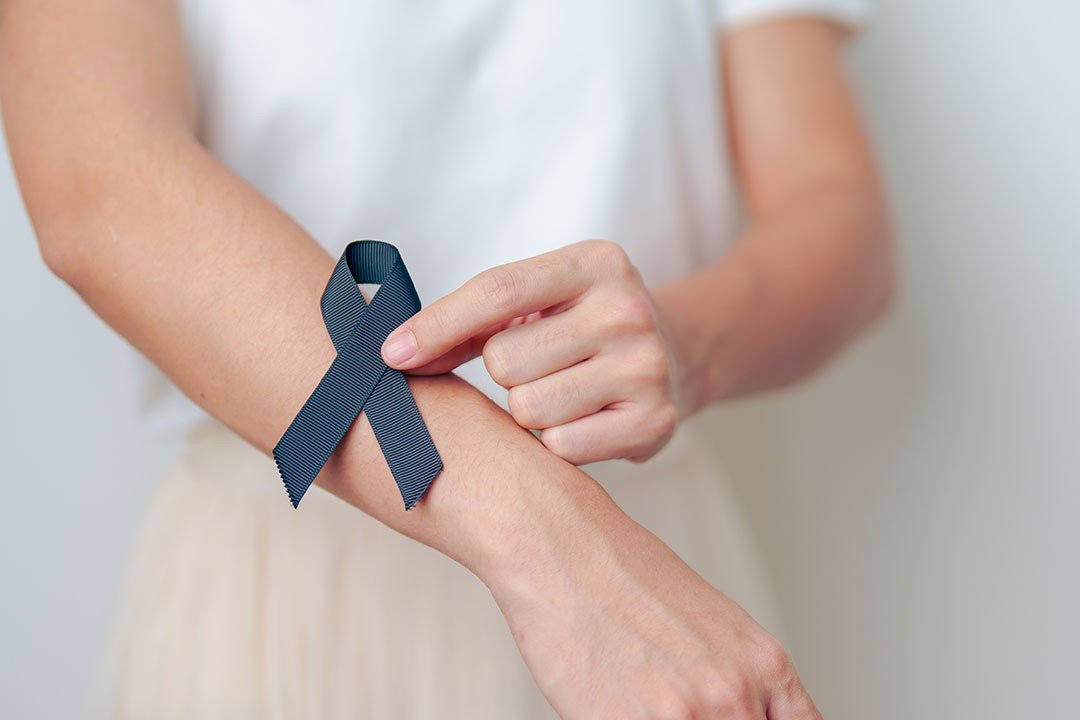More and more Moldovans are being diagnosed with skin cancer, and experts warn that the disease can be prevented with simple protective measures. In May, Moldova joins the international skin cancer awareness campaign. The event is backed by the World Health Organization and aims to draw attention to the dangers of uncontrolled exposure to the sun and the importance of early diagnosis, IPN reports.
According to data published by the Ministry of Health, 190 new cases of melanoma were detected last year, including two in children, and more than 1300 new cases of other malignant skin tumors. In total, more than 10 000 people are currently under medical supervision for skin cancer.
Skin cancer is the most common form of cancer worldwide, with more than two million cases diagnosed each year, of which around 330 000 are melanoma – the most serious form of the disease. According to the National Public Health Agency, skin cancer occurs when cells in the outer layer of the skin mutate, most often due to ultraviolet radiation from the sun or artificial sources such as the sun.
Experts warn that excessive exposure to UV radiation, especially during childhood and adolescence, increases the risk of skin cancer in adulthood. In addition, climate change and the thinning of the ozone layer contribute to the increased levels of UV radiation reaching the earth’s surface. The ANSP says a 10% drop in ozone levels could lead to 300 000 new cases of non-melanoma cancers and 4500 new cases of melanoma globally.
Melanoma has a high potential to spread and can become lethal if not diagnosed and treated early. However, if detected at an early stage, the 5-year survival rate is up to 99%, according to international statistics.
To reduce the risk of skin cancer, experts recommend monthly skin check-ups, avoiding direct sun exposure between 10am and 4pm, applying sunscreen 30 minutes before sun exposure and reapplying every two hours. It is also important to wear long-sleeved clothing, hats and UV-filtered sunglasses, and to avoid artificial tanning or the use of UV lamps.
A clear sign that it’s time to see a dermatologist or oncologist is the appearance of a lesion that doesn’t heal within three months, changes shape, color or texture, bleeds, itches or crusting. Experts recommend following the “ABCDE” rule to identify suspicious lesions – asymmetry, irregular borders, variable color, diameter greater than 6 mm and rapid progression.
According to the World Health Organization, about a third of deaths from skin cancer could have been prevented if people had properly protected themselves during sun exposure. In fact, studies show that the risk of melanoma doubles in people who have had at least five sunburns in their lifetime.
In the context of International Awareness Month, health authorities in the Republic of Moldova encourage people to adopt a responsible attitude towards skin health and not to ignore the warning signs. Early detection can save lives and prevention remains the most effective weapon in the fight against this disease.
